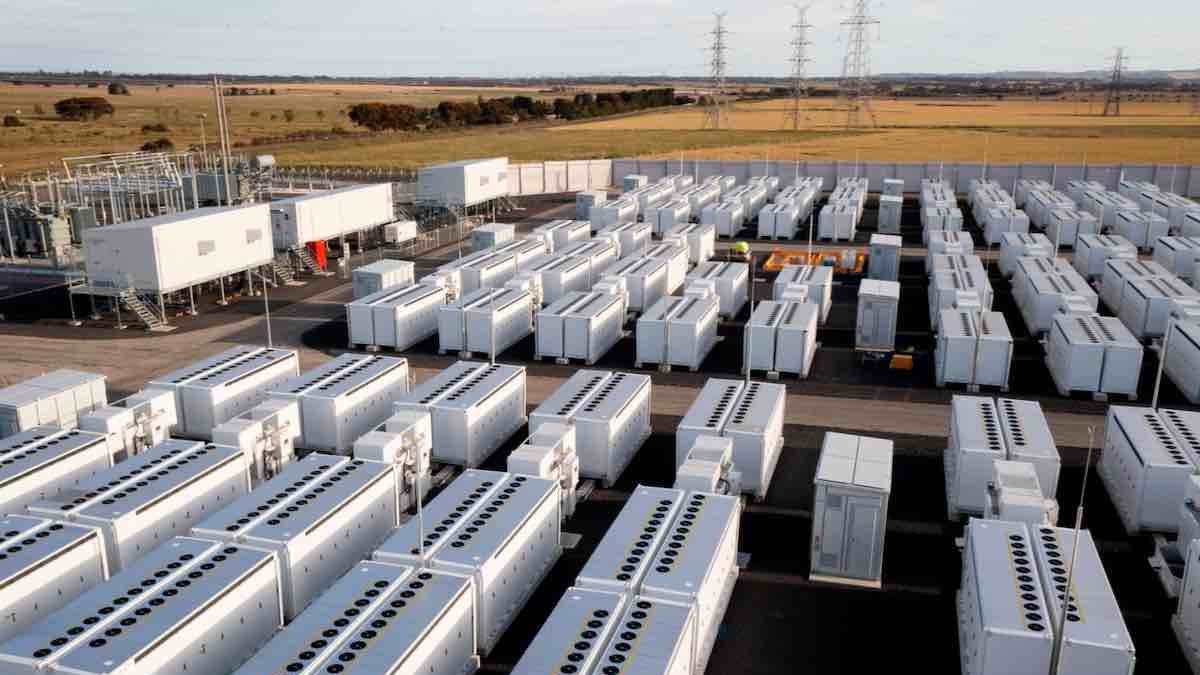Neoen – which owns and operates the two biggest battery storage installations in Australia – has warned that the recent surge in lithium prices could cause delays to the enormous pipeline of big battery projects in the country.
Louis de Sambucy, the head of Neoen Australia, told the Australian Energy and Battery Storage conference in Sydney on Wednesday that lithium prices had risen six fold in recent months.
“The pipeline is massive,” de Sambucy said.
“At the same time, when I look at what has happened, especially on the lithium price, we think that some of those projects will not happen, or they will be delayed because the lithium price has been multiplied by six since September.
“It is massive, it is a big, big wave of extra costs that is just coming into any battery project. So only the projects that are extremely robust, with a strong business model supported by different revenue streams will make it.
“So we expect on the short term, a bit of a slowdown.”
De Sambucy said he did not expect the growth of Neoen’s own battery storage projects to be affected because demand for battery storage was very strong.
“We have more more and more customers coming back and interested in buying renewables projects. Definitely there is there is inflation happening, which has to be managed, but the growth is clear.”
Neoen’s battery storage assets also include the 20MW/34MWh Bulgana big battery in Victoria, and it is also building the 100MW/200MWh Capital big battery in Canberra, as part of a recent contract win with the ACT.
Other projects in the pipeline include battery storage next to the 420MW Western Downs solar farm, at the Goyder South renewable energy park in South Australia that could be sized to 900MW and 1800MWh, and the 500MW, 1000MWh Great Western battery project near Lithgow.
De Sambucy said it was clear that battery storage projects could not survive on a single revenue stream, and needed to be able to access multiple market opportunities.
“If you look at it only from a pure energy point of view, or if you look at one of the revenue streams in isolation, it is not enough. It is too expensive, you don’t have a normal return. So, there is a need to combine and to collaborate. Government has played a role, and it will need to continue to a play role.”
Neoen has benefits from these government contracts, one from the South Australia government that has supported the Hornsdale Power Reserve in South Australia (now at 150MW/194MWh, and from the Victorian government to support the Victorian Big Battery (300MW, 450MWh).
Hornsdale is also testing the capability of supplying inertia to the grid, which addresses important issues such as the rate of change of frequency. Later this year, the expanded Hornsdale will deliver the equivalent of one third of South Australia’s inertia needs as part of a trial.
“There are new markets, such as inertia and these types of services that battery can provide when there is low minimum demand,” de Sambucy said. “We need some market (signals), and since those markets (signals) do not exist today, the projects need some some kind of support.”
See RenewEconomy’s Big Battery Storage Map of Australia










